W. Xiong
The Microsoft 2017 Conversational Speech Recognition System
Aug 24, 2017


Abstract:We describe the 2017 version of Microsoft's conversational speech recognition system, in which we update our 2016 system with recent developments in neural-network-based acoustic and language modeling to further advance the state of the art on the Switchboard speech recognition task. The system adds a CNN-BLSTM acoustic model to the set of model architectures we combined previously, and includes character-based and dialog session aware LSTM language models in rescoring. For system combination we adopt a two-stage approach, whereby subsets of acoustic models are first combined at the senone/frame level, followed by a word-level voting via confusion networks. We also added a confusion network rescoring step after system combination. The resulting system yields a 5.1\% word error rate on the 2000 Switchboard evaluation set.
Achieving Human Parity in Conversational Speech Recognition
Feb 17, 2017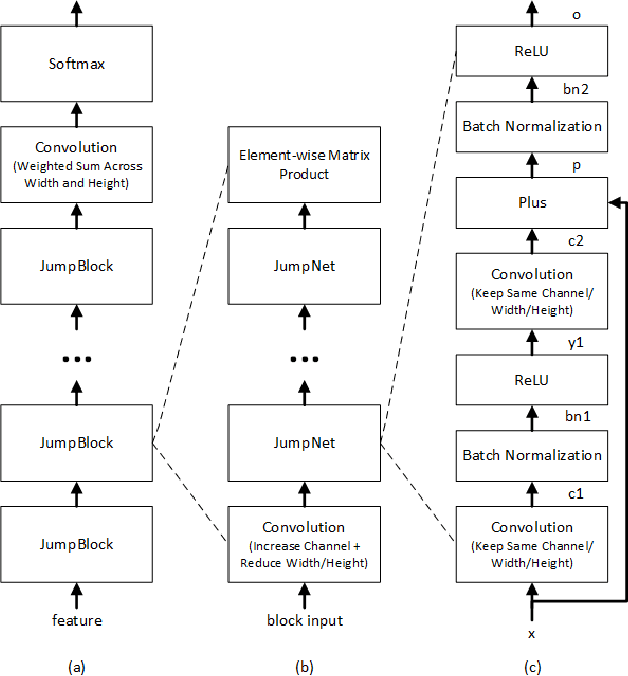
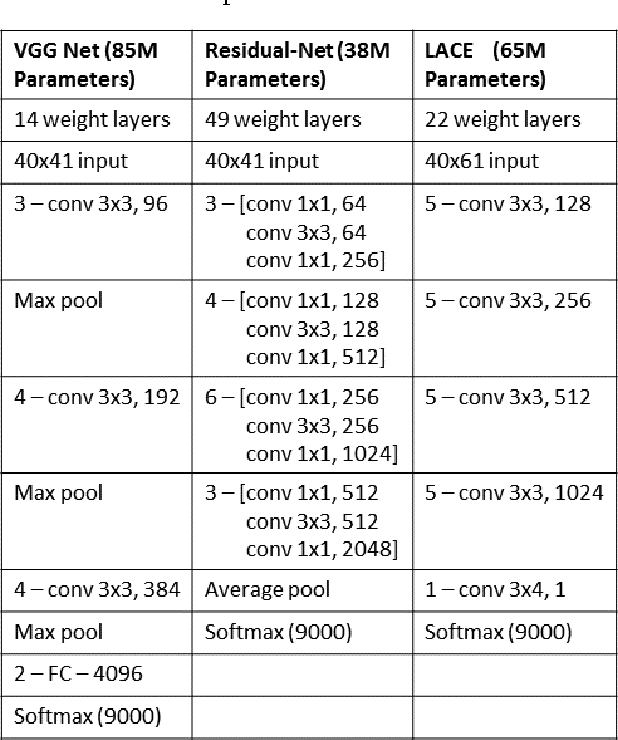


Abstract:Conversational speech recognition has served as a flagship speech recognition task since the release of the Switchboard corpus in the 1990s. In this paper, we measure the human error rate on the widely used NIST 2000 test set, and find that our latest automated system has reached human parity. The error rate of professional transcribers is 5.9% for the Switchboard portion of the data, in which newly acquainted pairs of people discuss an assigned topic, and 11.3% for the CallHome portion where friends and family members have open-ended conversations. In both cases, our automated system establishes a new state of the art, and edges past the human benchmark, achieving error rates of 5.8% and 11.0%, respectively. The key to our system's performance is the use of various convolutional and LSTM acoustic model architectures, combined with a novel spatial smoothing method and lattice-free MMI acoustic training, multiple recurrent neural network language modeling approaches, and a systematic use of system combination.
The Microsoft 2016 Conversational Speech Recognition System
Jan 25, 2017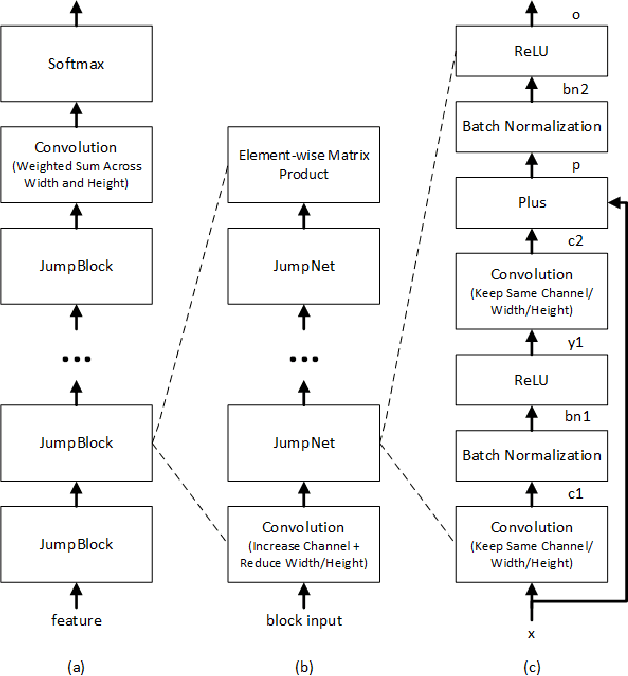
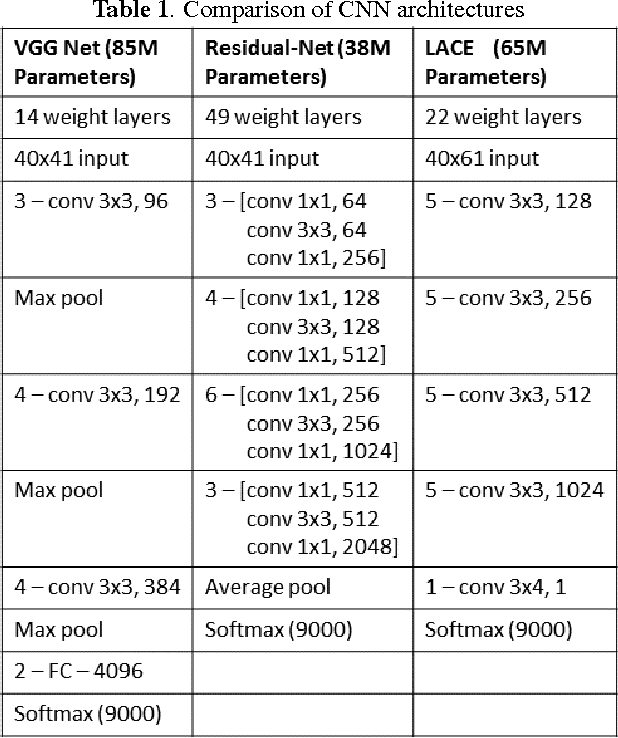

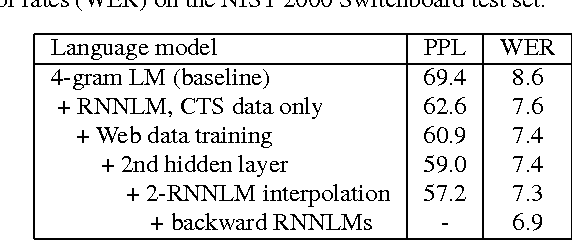
Abstract:We describe Microsoft's conversational speech recognition system, in which we combine recent developments in neural-network-based acoustic and language modeling to advance the state of the art on the Switchboard recognition task. Inspired by machine learning ensemble techniques, the system uses a range of convolutional and recurrent neural networks. I-vector modeling and lattice-free MMI training provide significant gains for all acoustic model architectures. Language model rescoring with multiple forward and backward running RNNLMs, and word posterior-based system combination provide a 20% boost. The best single system uses a ResNet architecture acoustic model with RNNLM rescoring, and achieves a word error rate of 6.9% on the NIST 2000 Switchboard task. The combined system has an error rate of 6.2%, representing an improvement over previously reported results on this benchmark task.
 Add to Chrome
Add to Chrome Add to Firefox
Add to Firefox Add to Edge
Add to Edge